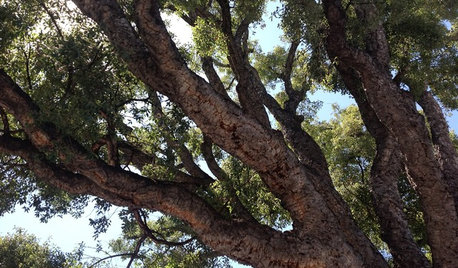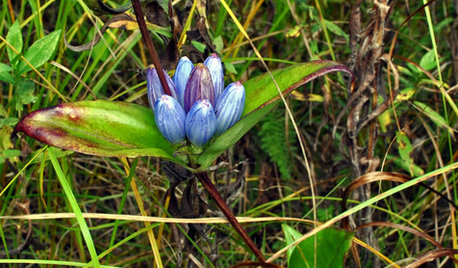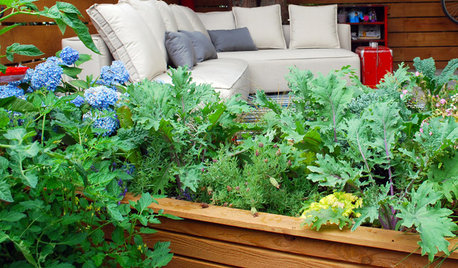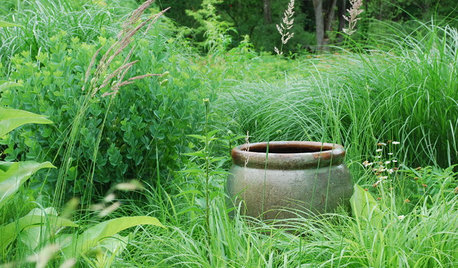gardening failure?
hazelinok
9 years ago
Related Stories

GARDENING GUIDESGreat Design Plant: Cork Oak
Witness an incredible renewable resource being grown while lolling in the abundant shade of this expansive, ever-popular tree
Full Story
GARDENING GUIDESGreat Design Plant: Gentiana Andrewsii
If you’re a fan of closed flowers every autumn, then today is your lucky day!
Full Story
LANDSCAPE DESIGNGarden Walls: Dry-Stacked Stone Walls Keep Their Place in the Garden
See an ancient building technique that’s held stone walls together without mortar for centuries
Full Story
CONTAINER GARDENSContainer Gardening Basics: The Dirt on Soil
Learn the types of potting soil available and the best mixes to help your containers thrive
Full Story
GARDENING GUIDESStep Right Outside for Fresh Herbs and Vegetables
Decks and patios can be convenient spots for edibles, and sometimes they even offer advantages over backyard gardens
Full Story
FALL GARDENINGReflecting on a Gardening Year
Mistakes and successes, surprises and comforts. The garden helps us grow in new ways every year
Full Story
FARM YOUR YARDHow to Get Good Soil for Your Edible Garden
The nutrients in your soil feed the plants that feed you. Here are tips on getting it right — just in time for planting season
Full Story
GARDENING GUIDESHow to Install a Drip Irrigation System
Save time and water with a drip watering system in your vegetable garden — a little patience now will pay off later
Full Story
FARM YOUR YARDHow to Grow Vegetables in Containers
Get glorious vegetables and fruits on your patio with a pro’s guidance — including his personal recipe for potting mix
Full Story
GARDENING GUIDES5 Invaluable Life Lessons From the Garden
The garden is both teacher and healer. Don't be afraid — dig in and reap the benefits
Full Story





slowpoke_gardener
chickencoupe
Related Professionals
Deer Park Landscape Architects & Landscape Designers · Glendora Landscape Architects & Landscape Designers · Anderson Landscape Contractors · Cincinnati Landscape Contractors · Fort Payne Landscape Contractors · Hannibal Landscape Contractors · Louisville Landscape Contractors · North Highlands Landscape Contractors · Panama City Beach Landscape Contractors · Plainview Landscape Contractors · Whittier Landscape Contractors · Grain Valley Decks, Patios & Outdoor Enclosures · Inwood Decks, Patios & Outdoor Enclosures · Midwest City Decks, Patios & Outdoor Enclosures · Rocklin Decks, Patios & Outdoor EnclosuresOkiedawn OK Zone 7
hazelinokOriginal Author
zzackey
luvncannin
hazelinokOriginal Author
luvncannin
Okiedawn OK Zone 7